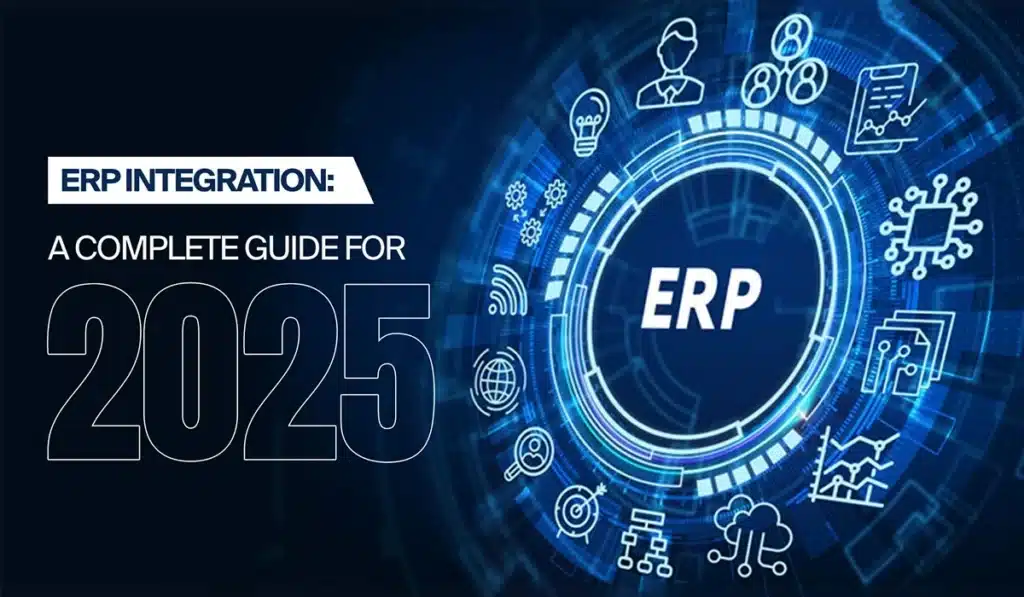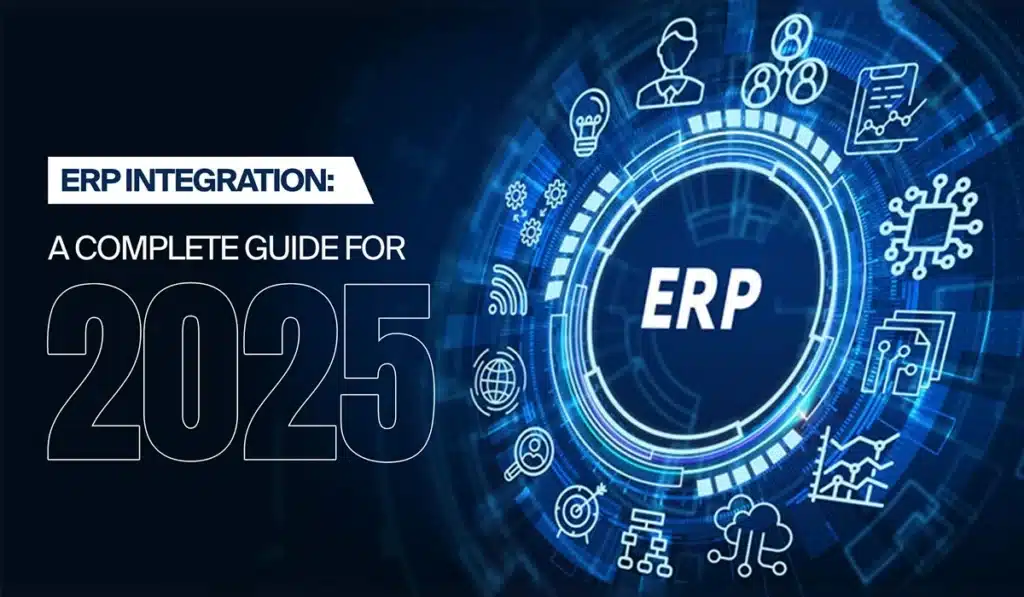
Enterprise Resource Planning (ERP) systems are the backbone of operations for most B2B companies — from manufacturing and logistics to IT services and wholesale distribution. In theory, a modern ERP system should streamline workflows, centralize data, and drive efficiency across departments. But in 2025, reality is telling a different story. Despite massive investments, around 70% of ERP migrations are either stalled, significantly delayed, or far over budget.
This staggering failure rate isn’t just a statistic — it’s a real-world operational and financial threat to B2B enterprises. Companies are finding themselves trapped in half-deployed systems, dealing with broken integrations, untrained staff, and spiraling costs. The question is no longer “should we modernize our ERP?” but rather, “how can we do it without becoming a failure statistic?”
ERP Is No Longer a Technology Project — It’s a Business Transformation –
One of the most common reasons ERP projects fail in B2B companies is treating ERP implementation as a purely IT initiative. When ERP integration is led only by technical teams, without full buy-in and collaboration from business stakeholders, the system ends up misaligned with real operational needs.
ERP platforms touch every part of the business: procurement, finance, sales, inventory, HR, compliance — and each function has its own workflows, data needs, and user behaviors. Without a holistic transformation approach, ERP becomes a source of friction instead of flow.
The Legacy Baggage: Poor Data and Outdated Processes –
Many B2B companies try to integrate ERP into existing, outdated systems and broken processes, thinking the new software will “fix” what’s broken. But ERP isn’t a magic bullet — it amplifies whatever is already there, good or bad.
Poor data quality is a massive barrier. Duplicate records, inconsistent formats, missing fields, or non-standardized product catalogs are common in legacy systems. Feeding this kind of data into a new ERP platform creates chaos, not clarity.
Integration Hell: When Systems Don’t Talk to Each Other –
Modern B2B companies use an array of platforms — CRM, SCM, WMS, eCommerce, finance tools — and expect ERP to sit at the center of it all. But integrating ERP with these systems is often far more complex than anticipated, especially with custom-built or industry-specific software.
Every integration introduces risk — from API limitations and version mismatches to time-zone syncing and error handling. Companies that don’t allocate sufficient budget or expertise for this phase often hit a wall when trying to go live.
Change Resistance: The Human Factor Is Still the Biggest Risk –
ERP rollouts don’t fail only because of code — they fail because of people. B2B environments are often rigid, with long-tenured employees accustomed to legacy processes. These users may actively resist the new system or quietly revert to manual workarounds.
Training is often rushed or skipped due to time pressure. As a result, users don’t trust the system, data errors skyrocket, and adoption stalls. Without a strong change management strategy, even the best-designed ERP project will flounder.
Scope Creep and Vendor Misalignment: A Recipe for Budget Blowouts –
ERP vendors often sell a dream — but don’t always align on what’s truly achievable within your timeline or budget. B2B companies frequently underestimate the total cost of ownership, especially when it comes to customization, change orders, and post-launch support.
In some cases, vendors push standard modules that don’t fit the company’s industry-specific needs, leading to costly customizations. In others, internal teams expand the project scope mid-stream, adding features and integrations that require rework.
Conclusion –
ERP integration in 2025 isn’t just an IT project — it’s an enterprise-wide transformation. The high failure rate in B2B migrations reveals that companies still underestimate the complexity, cost, and cultural resistance involved. Success requires more than choosing the right platform — it takes clean data, cross-functional ownership, realistic planning, and a laser focus on end-user adoption.
To avoid becoming part of the 70% failure statistic, B2B firms must stop treating ERP as a “buy and deploy” tool. Instead, it should be seen as a long-term investment in operational alignment and strategic scalability. The companies that get it right will move faster, serve clients better, and scale with confidence. The rest will be stuck fixing what was supposed to fix them.


